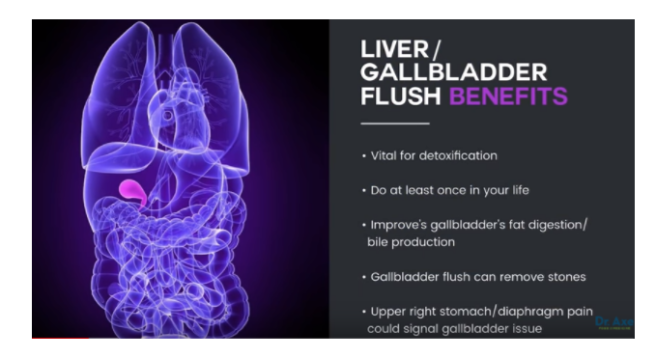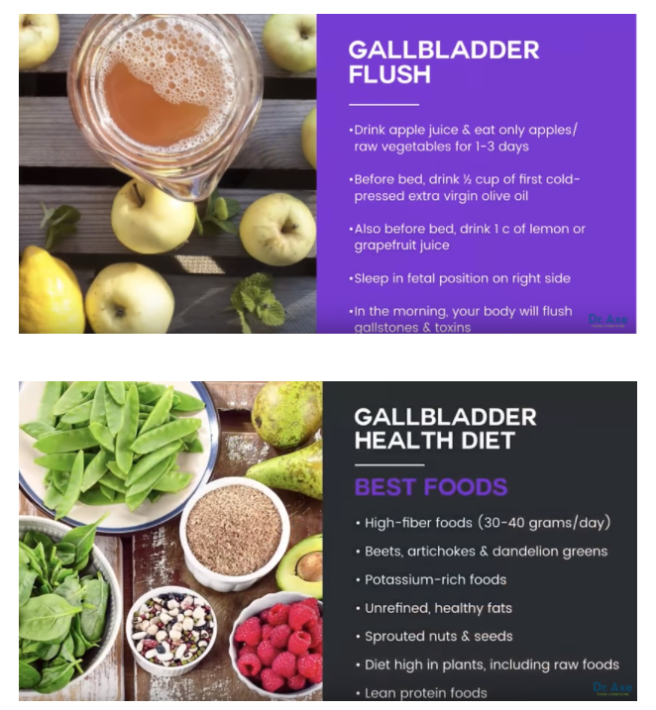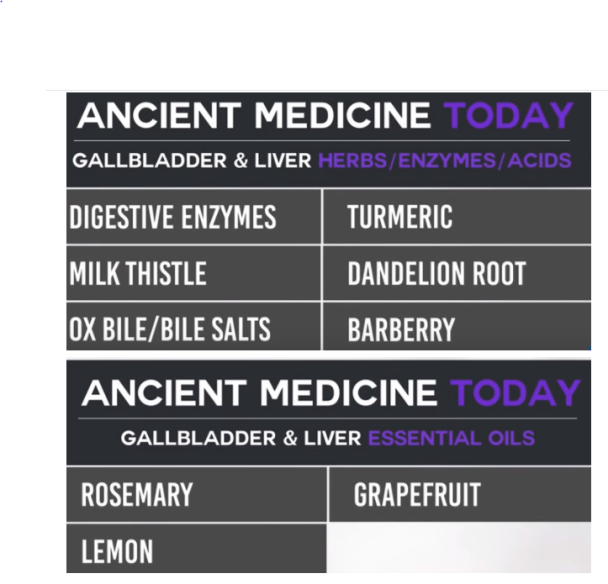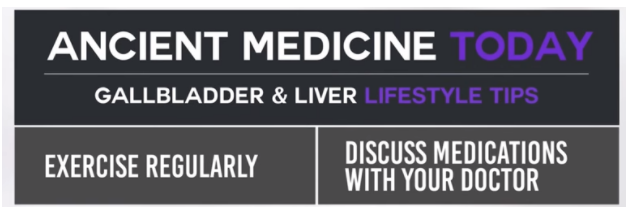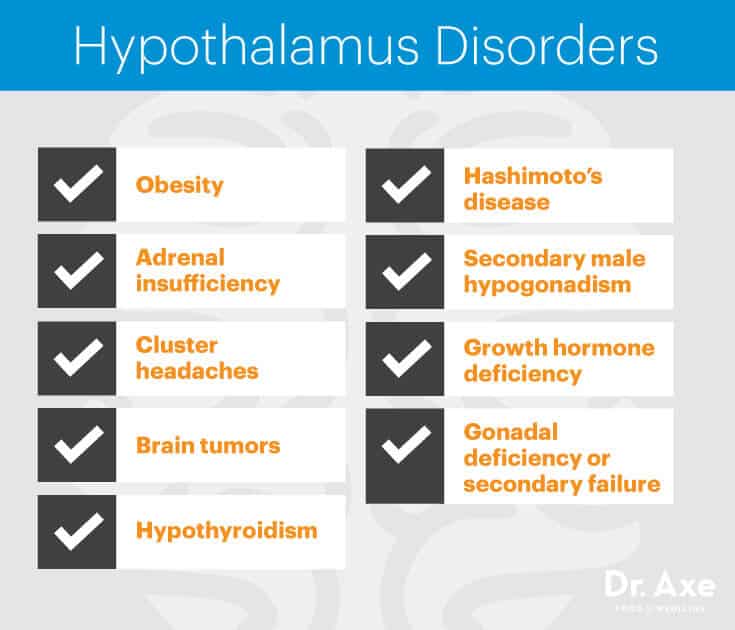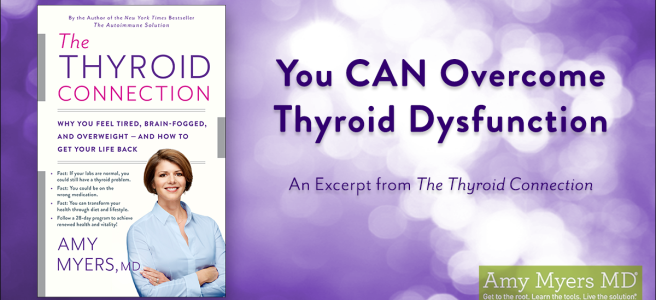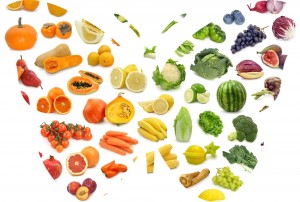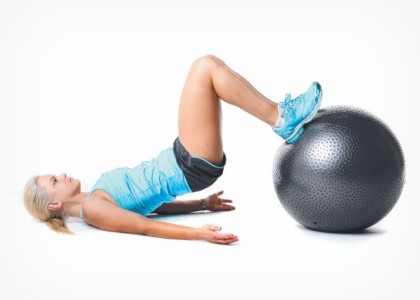
Why Should You Care About Vitamin D?
Vitamin D plays a role in every system in the body, affecting your skin, brain health, bones, blood sugar, cholesterol, hormone balance, joint health, risk for cancer, and likelihood of developing autoimmune disease.
And that’s just the short list. But this post is not going into the myriad of benefits of vitamin D. I will instead getting you up to speed on some little known facts about this vitamin (and correct some common myths), to ensure you don’t become (or stay) vitamin D deficient.
1. It’s a Hormone, Not a Vitamin
Vitamin D is unique in that it’s not used in the body like most vitamins. It’s actually better classified as a hormone. Its primary role in the body is to maintain normal blood levels of calcium and phosphorus, but it has far-reaching effects across body systems, from bones, cardiovascular, endocrine, neural function, immune health, and a whole lot more. Vitamin D is so crucial that it actually regulates the activity of over 200 genes, which is many fold more than any other vitamin.
2. You Don’t Get Much From Dairy
If I asked you to do a quick word association exercise with vitamin D, two words would probably pop into your head: 1) sunshine and 2) dairy. The second one is thanks to some very clever marketing tactics from the dairy industry. But dairy is not always a great source of vitamin D. That’s because animals, just like humans, make vitamin D from sunlight exposure. Most dairy cows in the US are not outside in pasture, grazing on grass, but raised indoors.
Secondly, vitamin D is fat-soluble and most Americans (sadly) opt for fat-free or low-fat dairy products. That means most of the naturally-occurring vitamin D is gone. Although most milk is fortified with vitamin D, that’s less common in other dairy products, like yogurt and cheese. Whatever vitamin D is added to that non-fat or low-fat dairy probably won’t be absorbed very well (it’s called a fat-soluble vitamin for a reason).
So, if you’re expecting to get much vitamin D from dairy, opt for products made with milk from grass-fed, pastured-raised animals and always buy full-fat.
(Side note: If you suspect dairy products don’t agree with you and want to figure out which types of dairy products might be easier on your tummy, read this. Of course, it’s perfectly fine to ditch dairy altogether. Don’t worry – you probably won’t be deficient in vitamin D because of it. )
3. Sun (and Supplements) are Primary Sources, Not Food
Even if you are a milk-a-holic (not recommended, by the way), you’d be silly to assume you’re getting enough vitamin D from your diet. That’s because our primary source of this vitamin is sun exposure or supplementation, not our diet (unless you’re guzzling cod liver oil). In fact, sun exposure accounts for ~90% of vitamin D in the body in individuals who do not take supplements. (American Journal of Clinical Nutrition, 2004)
That means, if you’re not in the sun much (and believe me, that’s most people as I’ll explain below), you’ll need a supplement to meet your needs. And the measly amount in in your multivitamin probably isn’t enough (I’ll get into that later, too).
Just to put this into perspective. The amount of vitamin D in a glass of milk is ~100IU. If you have pale skin and lay outside in a bathing suit (termed modest sun exposure in the research, meaning skin was not burned, but lightly pink 24 hours later), you’ll make anywhere from 15,000-20,000 IU of vitamin D. (Journal of Investigative Medicine, 2011)
Let that sink in for a second.
4. It’s the Only Vitamin You Can Make From the Sun
One of the coolest things about vitamin D is how it’s made. I’m kind of obsessed with this whole process because there are so many factors that can mess it up. But, let’s talk about it first as if it’s a well-oiled machine. Vitamin D is made in your skin when you are exposed to UVB light at a very specific wavelength. The UVB rays interact with a precursor in your skin, 7-dehydrocholesterol, turning it into vitamin D3. From there, vitamin D3 is transported to different places in the body where it gets “activated,” meaning it’s ready for use by the body.
Now that you know the basics, let me explain more cool (or not-so-cool) things about this process.
5. Skin Tone Affects Vitamin D Production 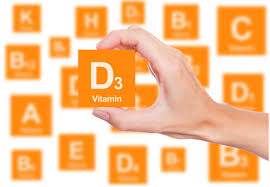
Those of you lucky folks who tan easily or naturally have beautiful dark skin are at a slight disadvantage when it comes to vitamin D. That’s because you have higher concentrations of the skin pigment, melanin, which blocks the sun’s UVB rays. That means it takes more sun exposure for you to produce adequate amounts of vitamin D. In fact, people with dark skin may require 3-6x more time in the sun to produce the same amount of vitamin D as a very pale person. (The Lancet, 1982)
There’s some very interesting theories suggesting that a gene controlling skin pigmentation mutated over 10,000 years ago after humans migrated to Europe, which allowed those humans living in sun-deprived environments to produce enough vitamin D. (Science, 2005)
Crazy, right?
6. You Can’t Make it in the Winter (in many areas)
This brings me to the next commonly overlooked challenge with this nutrient. Remember the sun rays that give us vitamin D? Well, they are shining year-round if you live in the tropics, but the further you get from the equator, the less of those rays you get. And because the Earth rotates on a tilted axis, those rays are virtually non-existent in winter months at far northern or southern latitudes.
Of course, you’re pretty unlikely to lay out in a bikini mid-winter, but one unlucky graduate student did just that in Boston (what we do in the name of science, right?) in winter and produced ZERO vitamin D. Now you might be thinking “But Boston is pretty far north!” and it is (42° north), however reduced vitamin D production is seen in latitudes as low as 33° north. That corresponds to anything above Long Beach, CA, Phoenix, AZ, and Atlanta, GA, meaning that at least two thirds of the US is at a latitude where vitamin D production from the sun during winter is nearly impossible. The farther north you go, the more months of the year you’re not able to get those rays. (#Alaskaproblems)
Above and below latitudes of approximately 33°, vitamin D3 synthesis in the skin is very low or absent during most of the winter.” – The Journal of Clinical Endocrinology & Metabolism, 2011
This explains why native populations that live in far northern latitudes traditionally ate so much marine animal fat, which is rich in vitamin D (such as seal, whale, and organ meats, like cod liver).
7. Sunscreen Blocks 95% of Vitamin D Production
But, let’s say it’s summer and you DO get out in the sun regularly. You should be fine, right? Not so fast. If you’re wearing sunscreen or covering up with protective clothing, you’re not making much vitamin D either. Sunscreen with an SPF of 30 pretty effectively blocks UVB rays, reducing vitamin D production by 95%. (The Journal of Clinical Endocrinology & Metabolism, 2011)
Obviously, sunburns are harmful, so if you have pale skin or burn easily, it’s ideal to get a little sun exposure on bare skin and then lather or cover up for the remainder of your time outside (or simply avoid long periods of time in the sun).
(Sidenote: Opt for mineral-based sunscreens as the chemical ones are highly toxic. Consider wearing a hat to protect the delicate skin on your face.)
8. You Make Most Vitamin D Mid-Day
You might have heard that you should avoid mid-day sun exposure, since that’s when the sun emits more damaging rays. However, those “damaging” rays are the ones that your skin uses to make vitamin D. UVB rays are at their peak between roughly 10am to 2pm, so if you’ve been taking an early morning walk to get your vitamin D, you might want to rethink it (or spend some additional time outdoors mid-day).
Failure to understand the nature of human exposure to sunlight has led to misguided advice concerning the sun exposure necessary for an adequate vitamin D status.” – Photodermatology, Photoimmunology & Photomedicine, 2010
9. Deficiency is Super Common
Now you can understand why deficiency in vitamin D is so common! As one of the world’s leading vitamin D researchers puts it,
Vitamin D deficiency is now recognized as a pandemic.” – Michael Holick
Deficiency is widespread and more prevalent at northern latitudes. Your best bet is to get your vitamin D levels checked by your doctor via a test called “25-hydroxy vitamin D.” Typical labs suggest vitamin D levels around 30 ng/ml, but many researchers suggest optimal vitamin D levels are above 50 ng/ml. If you are deficient, it may take a few months of supplementation to normalize your levels. And since vitamin D levels tend to vary with the seasons, it’s wise to get your vitamin D levels checked periodically and possibly supplement more in the winter if your levels dip.
Pregnant women are especially at risk for vitamin D deficiency. One study in South Carolina (latitude 32 degrees) found high rates of deficiency, especially in women of color, despite living in a latitude where year-round vitamin D production from the sun is possible. In that study, vitamin D deficiency was seen in 67% of Caucasian women, 81% of Hispanic women, and 98% of African American women. I talked about the crucial role of vitamin D in pregnancy (and more) in this prenatal nutrition interview and extensively in Chapter 6 of my book, Real Food for Gestational Diabetes.
10. Current Vitamin D Recommendations are Way Too Low
In fact, a recent review of the standard vitamin D recommendations found that the Institute of Medicine (IOM) underestimated vitamin D requirements by a factor of ten. Not a typo. A FACTOR OF 10!
So if you’re relying on a multivitamin that gives you “100% of the daily value of vitamin D,” there’s a pretty good chance you’re not getting enough. The current recommended intake is set at a paltry 600 IU for adults, yet Robert Heaney, a well-known vitamin D researcher and medical doctor is speaking out.
Unfortunately, many prescription vitamin D preparations use D2 instead of D3 (mind boggling), so read your labels carefully. Vitamin D3 is both inexpensive and easy to find over the counter (and it’s identical to the form of vitamin D you make from the sun). I like this one. Vitamin D supplements should be taken with a meal that contains fat to be absorbed properly (remember, it’s fat-soluble!).
There are a variety of nutrients that work synergistically with vitamin D, including vitamin A, vitamin K2 (both of which are found in animal fats, like the fat from grass-fed beef), magnesium, iron, calcium, zinc and boron. So, don’t expect vitamin D supplements to be a cure-all. A well-rounded real food diet that’s rich in micronutrients is essential.
Did you learn something new on Vitamin D today?
